Chermalyk: Whenever it gets dark…
Chermalyk/Mariupol. For them there is no escape. Around 2000 inhabitants of Chermalyk near Mariupol have become accustomed to shootings. Before the war broke out, the region was popular for local recreation. But leisure is unimaginable these days. Since separatists proclaimed the Donetsk People’s Republic (DPR), the Kalmius river — Chermalyk is located on its left-hand bank — marks the internationally unrecognized border. Right along the river lies the almost 500-kilometer-long[1] contact line, how the front is officially called, since the Minsk-II-agreement was passed.
Loud ceasefire
Technically, a ceasefire agreement is in effect, although it barely deserves its name. The monitoring mission of the Organization for Security and Co-operation in Europe (OSCE) meticulously documents what is happening on the ground: Sometimes it counts 100, sometimes 250 violations of this ceasefire in the Donetsk area — per day[2]. A vast part of it around Chermalyk. Both sides are shooting.

In the daytime, when less shots are fired, people dare to leave their homes. Kids are playing on the streets under supervision of their parents, in the mini market they buy food. Life seems almost normal.
“You should come in the evening. Then you would see all the shootings,” says Valeria Zhukova.
The 20-year-old and her friend Tanja Kaystra, 18 years old, both young mothers, are originally from Chermalyk. “When there are shootings, we say in our houses,” they tell. This is already an improvement — when the fights started, they hid in the cellars as the village was under artillery fire. They still cannot enter the surrounding fields. They still cannot enter the surrounding fields — there are mines which still need to be removed [3].
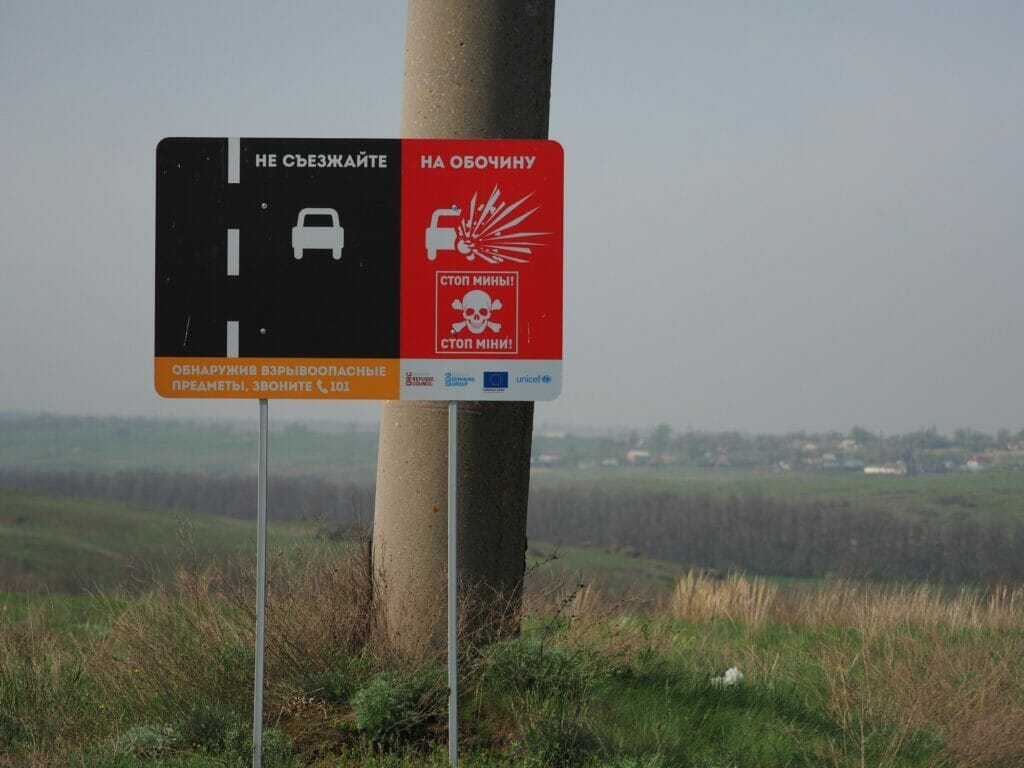
It can be seen as one of the achievements of the Minsk agreement, that at least the heavy artillery has been largely withdrawn; from both sides, 15 kilometres far from the contact line [4]. A farm at the edge of Chermalyk still testifies how the village has been torn apart by the fights — of the farm only the foundation walls are left. Damage can be seen on many houses, the same accounts for the repairs. Meanwhile, neither the Ukrainian troops nor the ones of the self-proclaimed People’s Republic have gained territory in a considerable amount since the ceasefire.
Still civil victims
These terrible times may have passed, but the inhabitants of the village are not safe yet. Just at the end of June, a woman was brought to hospital. The OSCE reported, that she was just standing near her entrance door “when she heard a loud noise and immediately felt pain and saw blood streaming down from her left collarbone” [5]. Per request in May, an OSCE spokesperson confirmed 758 civil casualties since January 2017 on both sides of the contact line, 136 dead, 622 injured.
Because of such incidents, inhabitants of Chermalys have only restricted freedom of movement. They are avoiding some streets and the whole river area as they fear getting in the line of fire. “Earlier we got the water from a well. But now the area is permanently under fire, therefore we need to buy water,” says Tanja Kaystra. From NGOs they received support the last years in the form of clothes, (baby) food or animals.

Vyacheslav and Julia, who do not want to tell their family names, are also parents of two children and stayed in Chermalyk. They got used to the situation, but unease is always present. Vyacheslav does not even want to point with his finger towards the locations, from where the shots can be heard. “I am afraid to be here with my children. But I do not have another option,” he says. He was working in the city but had no money for a new flat. Twice a day there was a bus to the city, he says. From Mariupol also hitchhikers can be seen, who need to go into the “grey zone,” as the villages in the buffer zone are also called.

A destroyed farm. 
A destroyed bench. 
A destroyed bridge. 
Mobility is only limited.
Move to the big city: Some 50 kilometres south of Chermalyk in Mariupol this static warfare is barely present. The city is secured with military checkpoints from all access roads, and in the city area as well as in the busses, soldiers can be seen. But in the city centre life is pulsating just like in Kyiv or Berlin. The burnt-out former town hall is one of the memories, which remind of the riots which happened once. “Mariupol is Ukraine!,” is written in Cyrillic and in Latin letters on one of the banners, which is already tattered a bit. The park in front of it is clean and groomed, families are walking along the pathways, on the benches some seniors take place and enjoy the sun at noon, teenagers shoot selfies.
“I love the city and feel great here. You can implement your ideas here,” says Irina Kondratenko. She is studying political science and is administrator at the 2016 found creative workspace Halabuda [6]. The project was started as volunteer centre, nowadays it offers various courses, activities and educational programmes. The offer is explicitly for internally displaced people (IDP), soldiers or low-income families. Since the riots in 2014, the city became much more active and developed despite the economic problems, she thinks.
If the war less than 20 kilometres far does not scare her?
“Earlier everyone in Mariupol was scared, now we ignore it,” she responds.
She liked the city even more now. Some of her friends also moved to Kyiv, but they did for career perspectives and not because of the fights. She saw opportunities in Mariupol to develop and have a good life.
Everyday with the war next door
Also the university of Mariupol has returned to normal life. Around 20 students of the self-proclaimed Donetsk People’s Republic and around 100 from the grey zone are studying there, according to professor Alexander Cheiliakh, vice rector for science and pedagogy at the university; alongside some 6000 others at the university and are accommodated in dormitories. These numbers have been stable now for several years. “We have normal university life here and did not cease with everyday life,” he says.
There were numerous conferences, cultural exchanges and events. “For us it is normal to understand, that the danger is near and to live normal. Even if it is not normal to have a war next door.” Around 150 volunteers were among the students and collected donations, blood donations for the soldiers, or medicine for care of the soldiers in the hospitals every year. “We want to live in Mariupol in peace,” he underlines.

The young mothers Valeria Zhukova and Tanja Kaystra from Chermalyk would do this, too, just like tens of thousands of people in the buffer zone and directly at the front. In May 2018 the UNHCR reported more than 55,000 children live in the 15 kilometres buffer zone controlled by the government alone. “When our children are awake and hear the shots, they are scared and scream,” says Zhukova. Both are relying on the new president, Wolodymyr Selenskyi:
“We hope that the war will end soon. We hope, that the new president is going to end it.”
Assisted by: Sergey Panashchuk, Proofreading: Kelsey Montzka
[1] https://www.unicef.org/ukraine/2018_Assessment_Update-web(1).pdf
[2] https://www.osce.org/special-monitoring-mission-to-ukraine/418901
[3] https://www.boell.de/en/2018/07/17/landmines-donbass-conflict-zone-threats-population-and-necessity-mine-clearance
[4] https://www.dw.com/en/kyiv-and-rebels-agree-buffer-zone-in-ukraine-peace-talks/a-17936223
[5] https://www.osce.org/special-monitoring-mission-to-ukraine/418448
Vorgeschlagene Beiträge
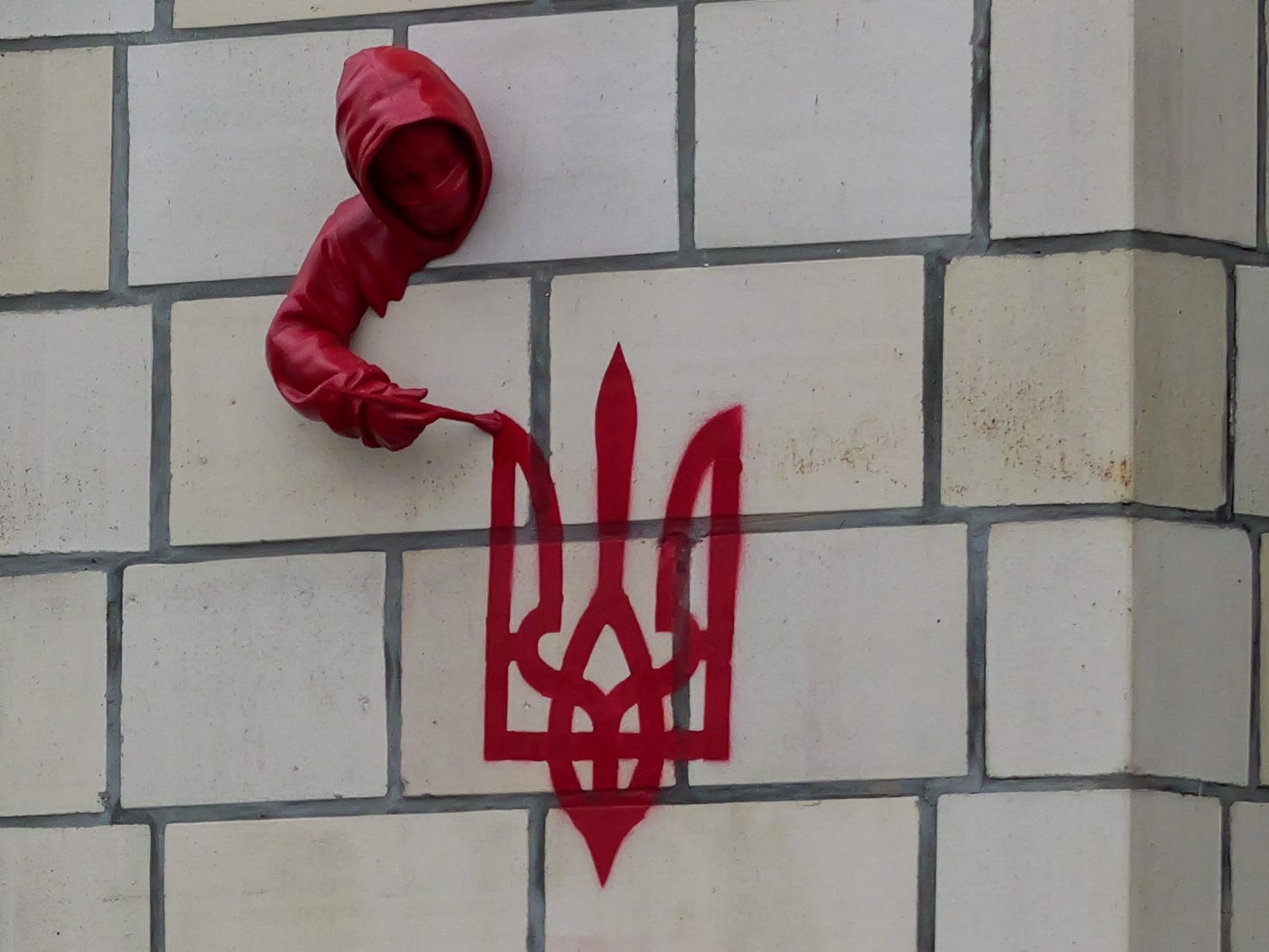
Political scientist explains what opportunities Trump brings for Ukraine
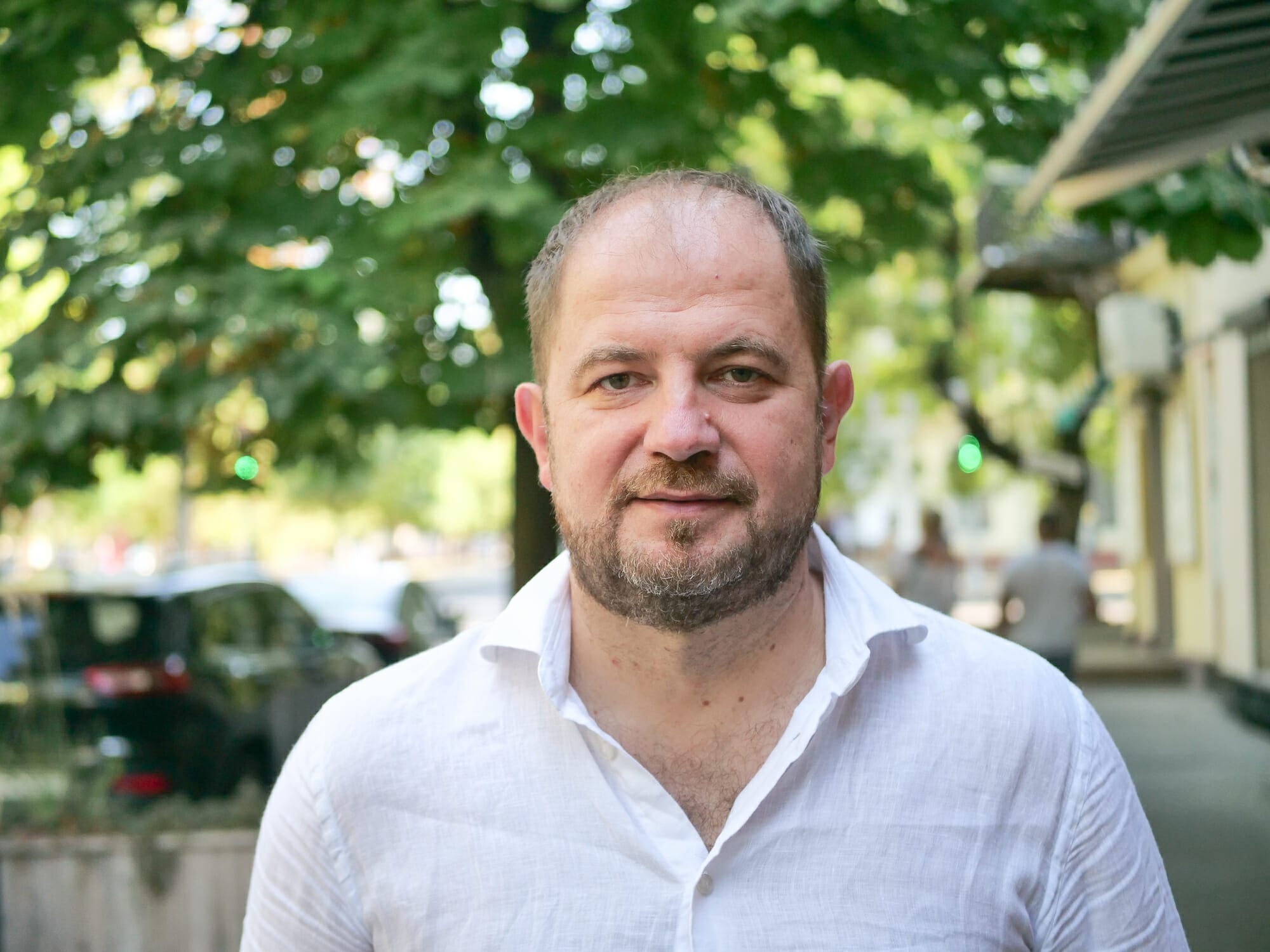
Vadym Tereshchuk: Views of a Ukrainian local politician

Adam’s escape from Mariupol
[mc4wp_form id=239488]



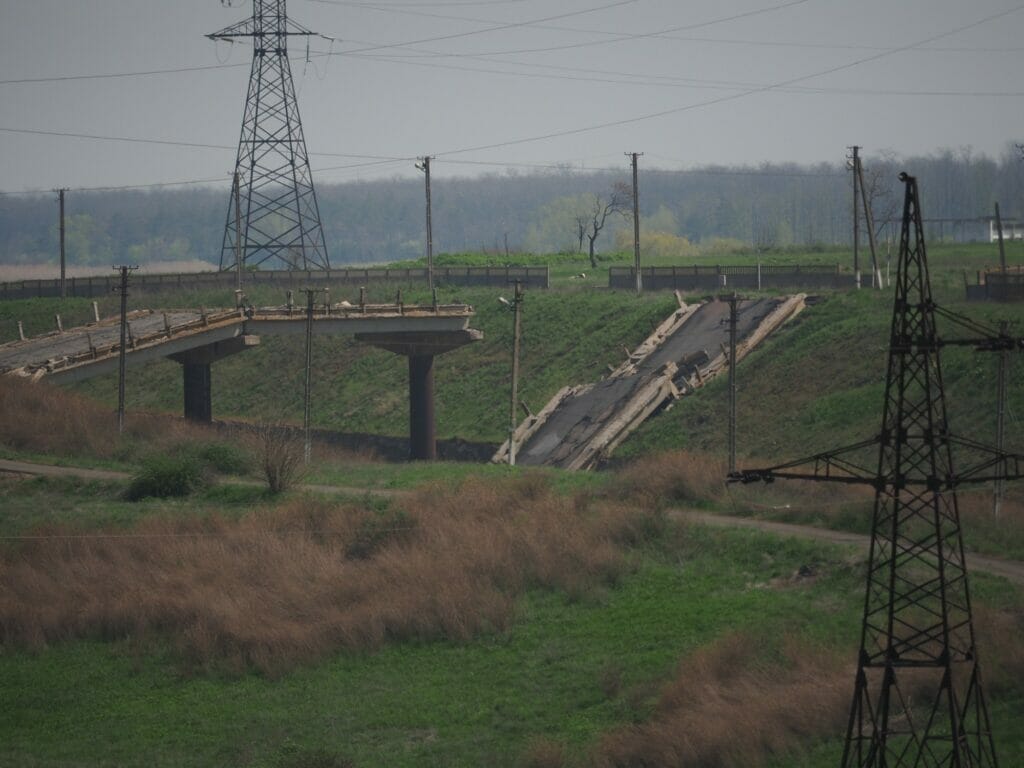

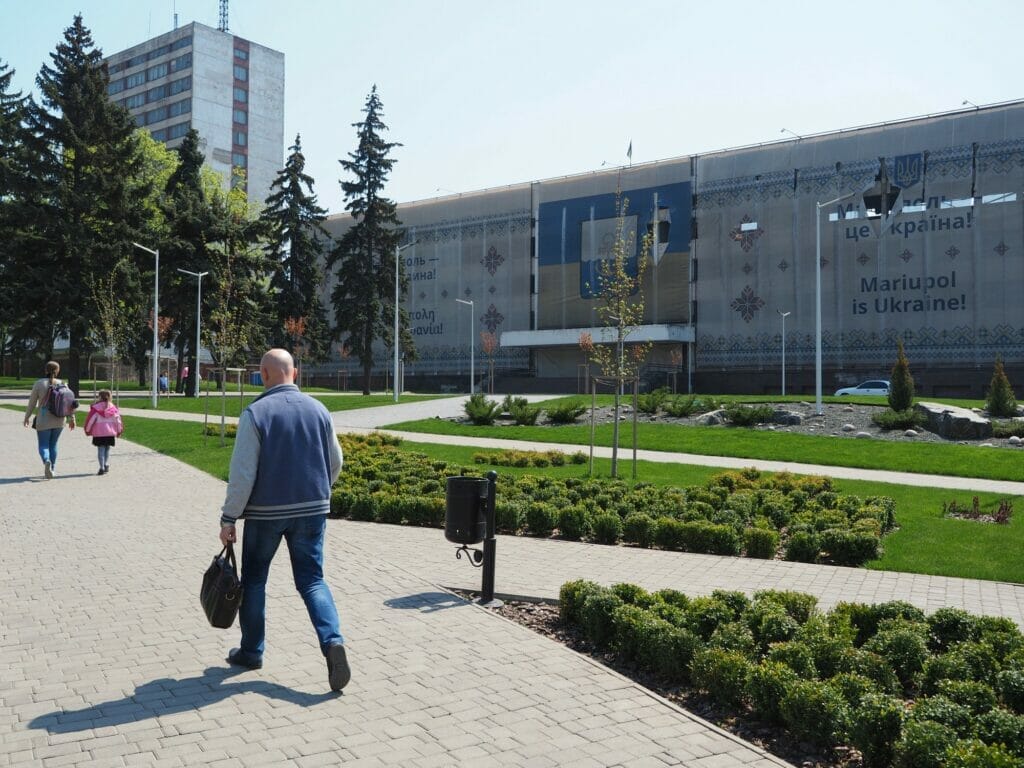

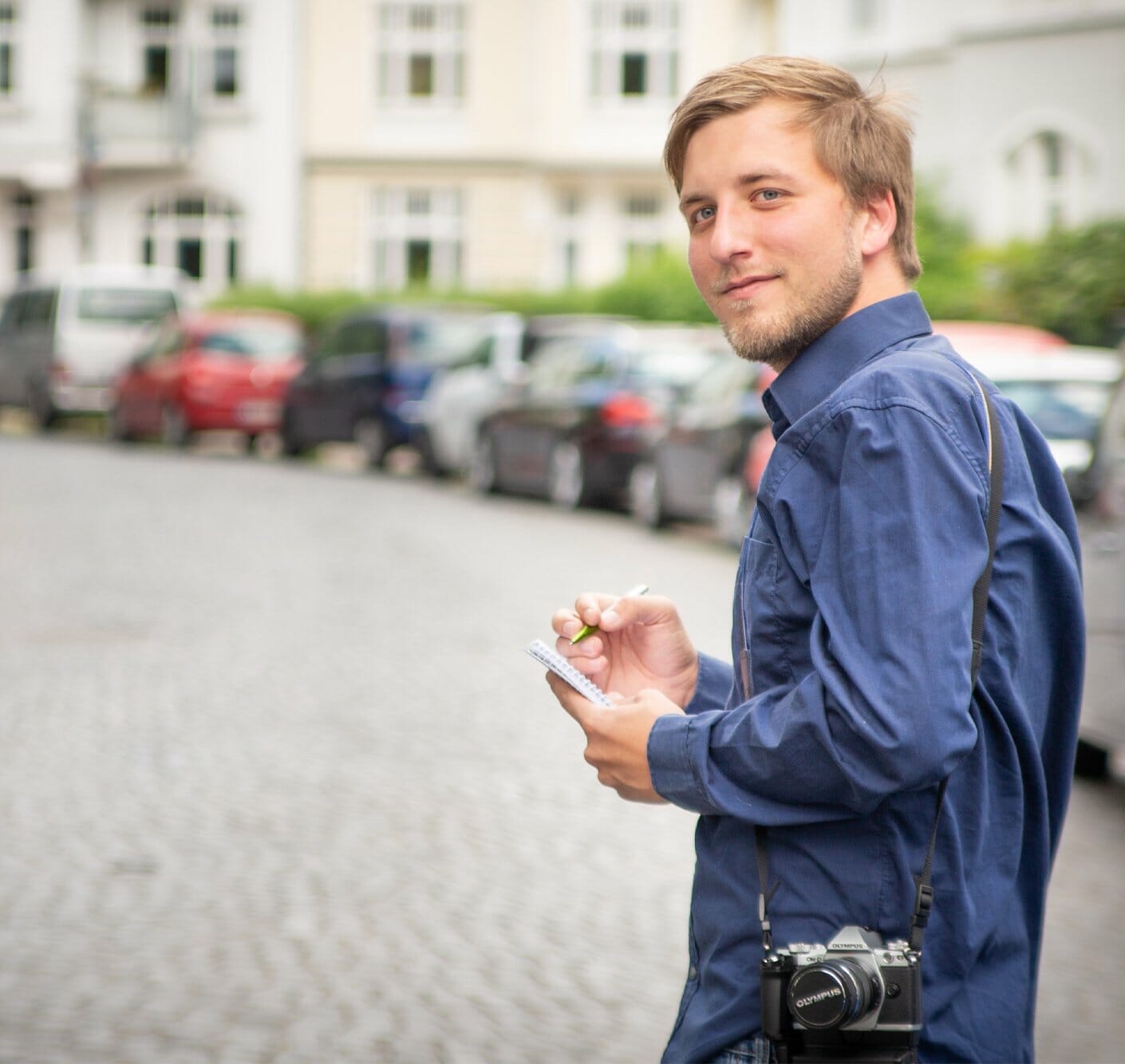
Leave a Reply
You must be logged in to post a comment.